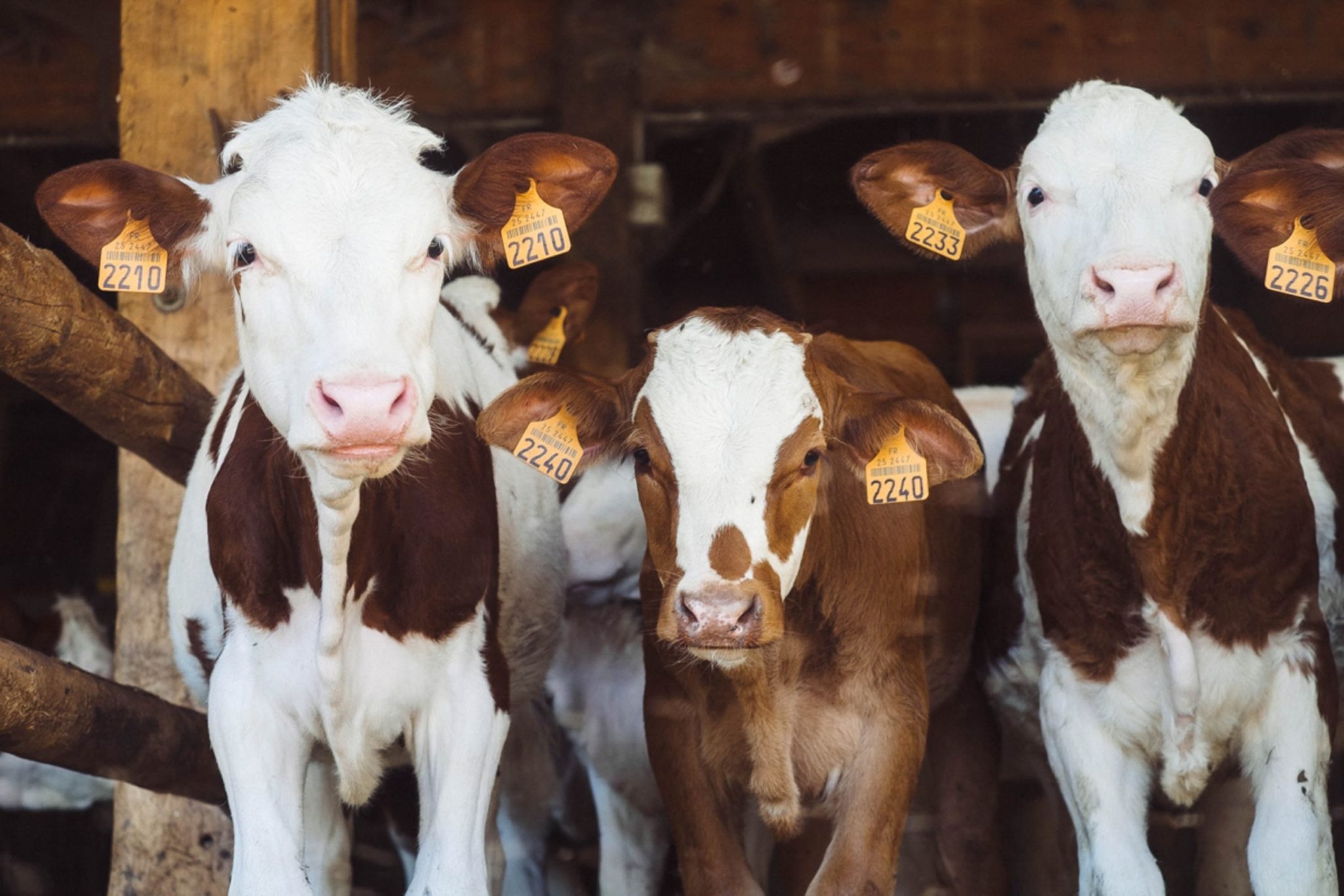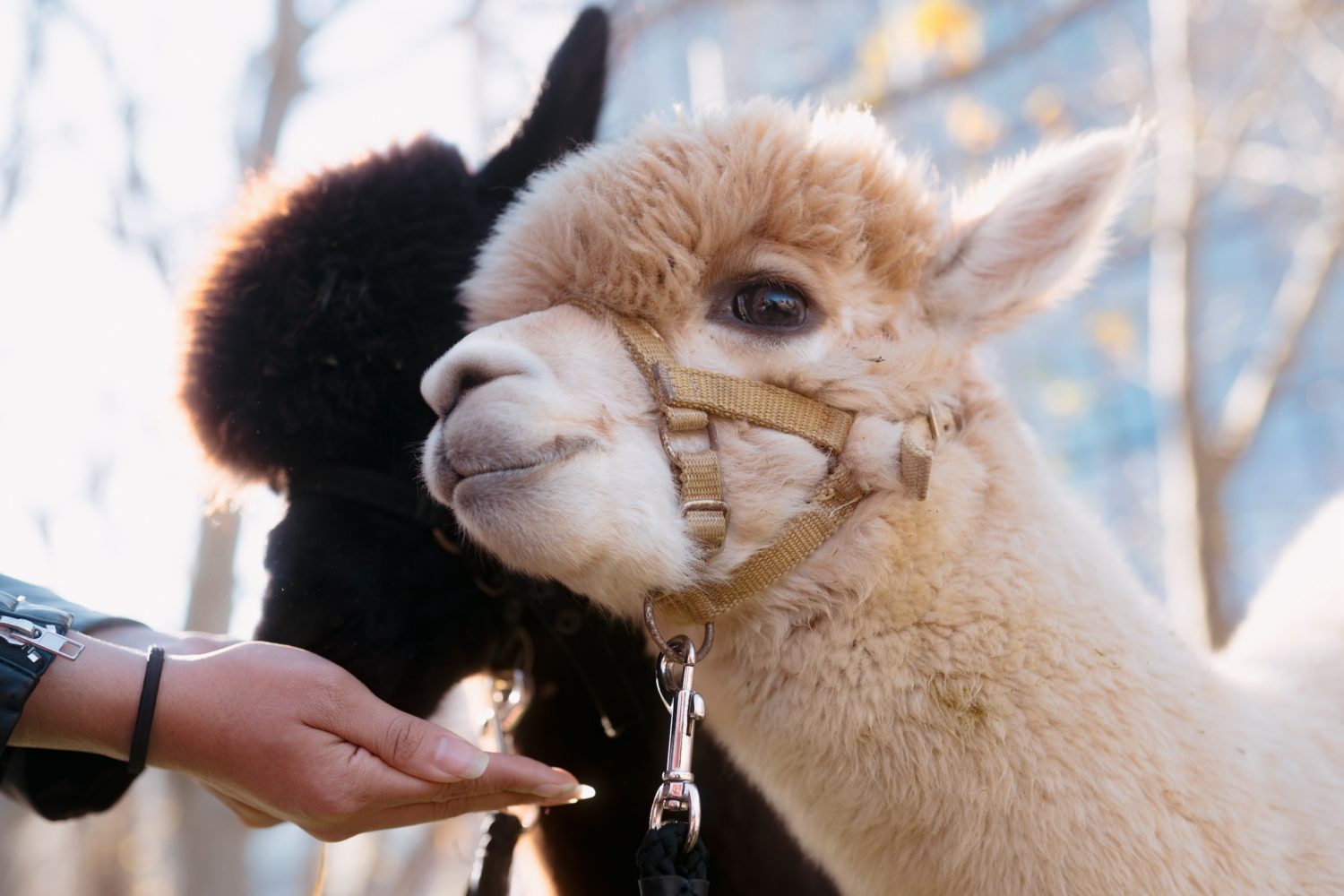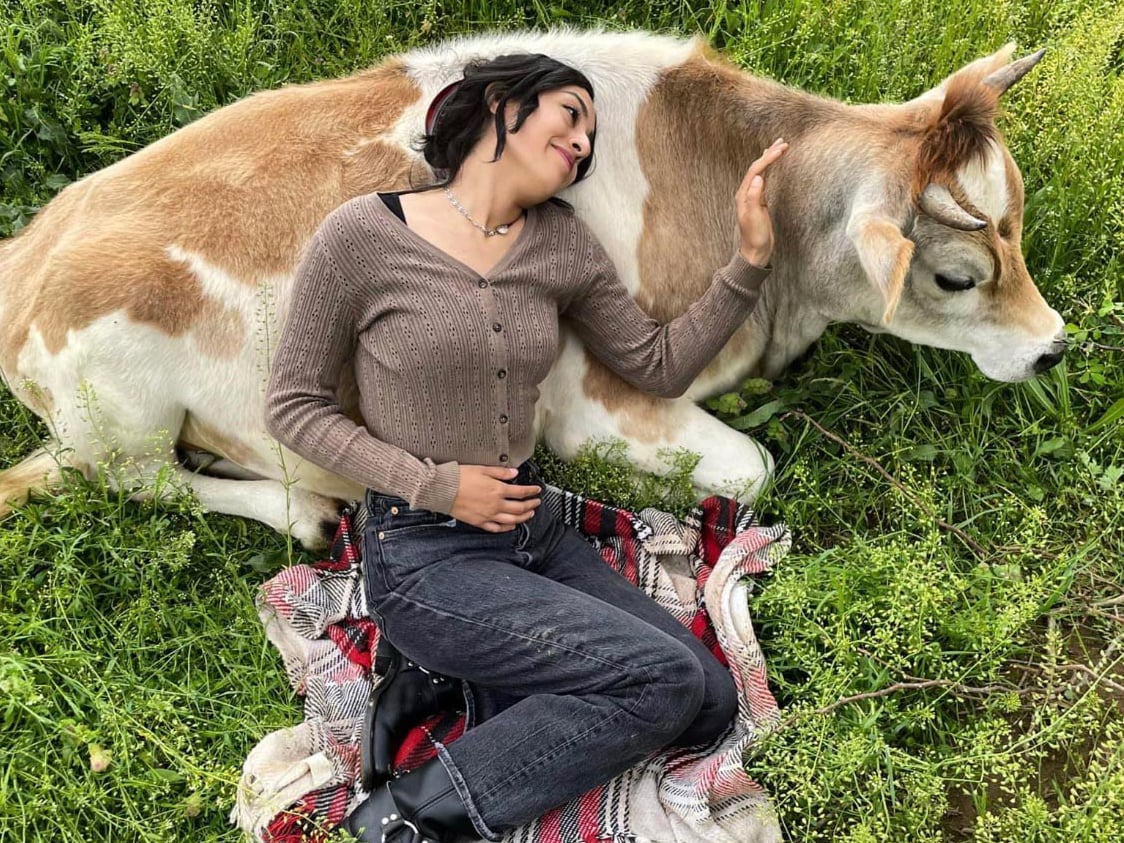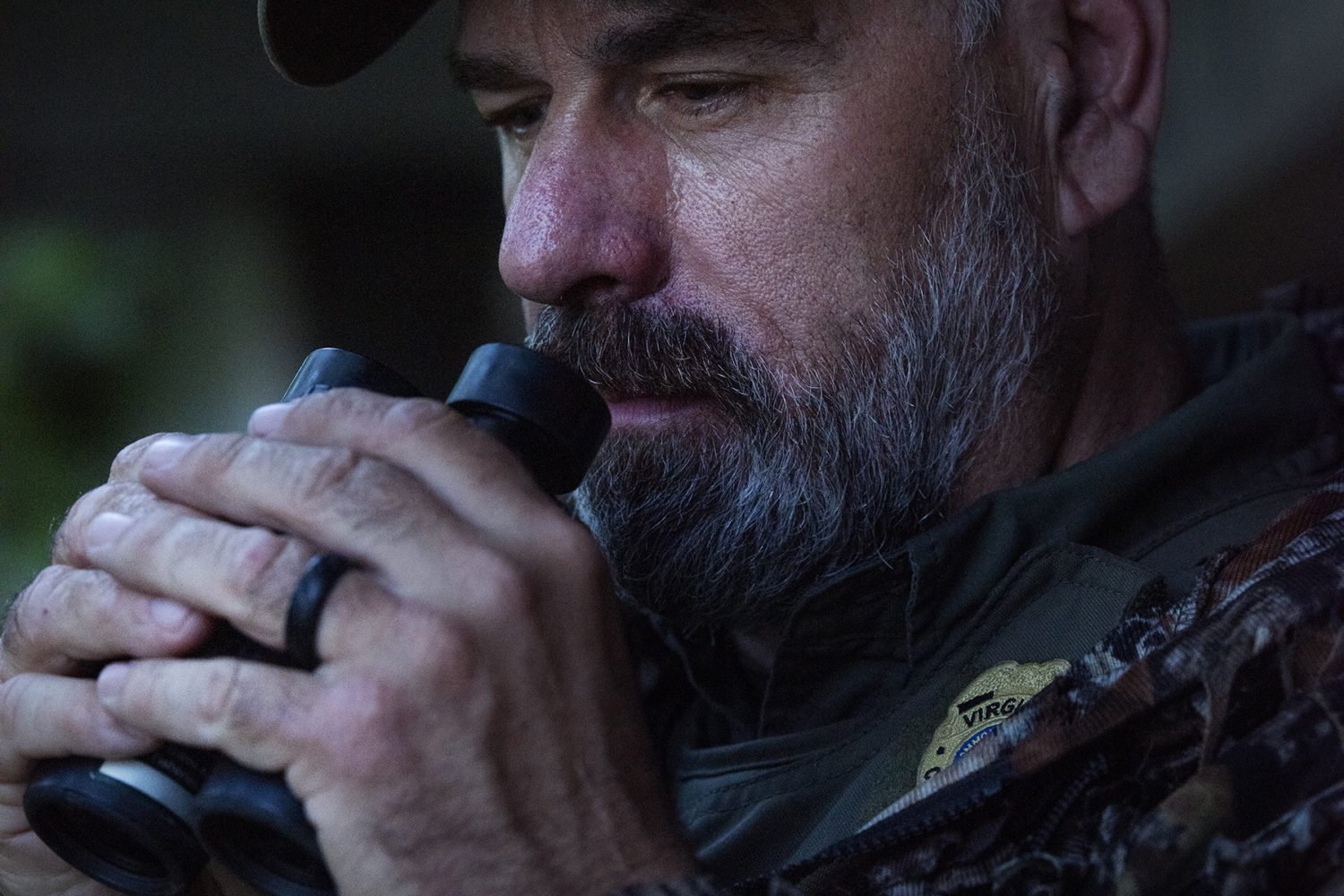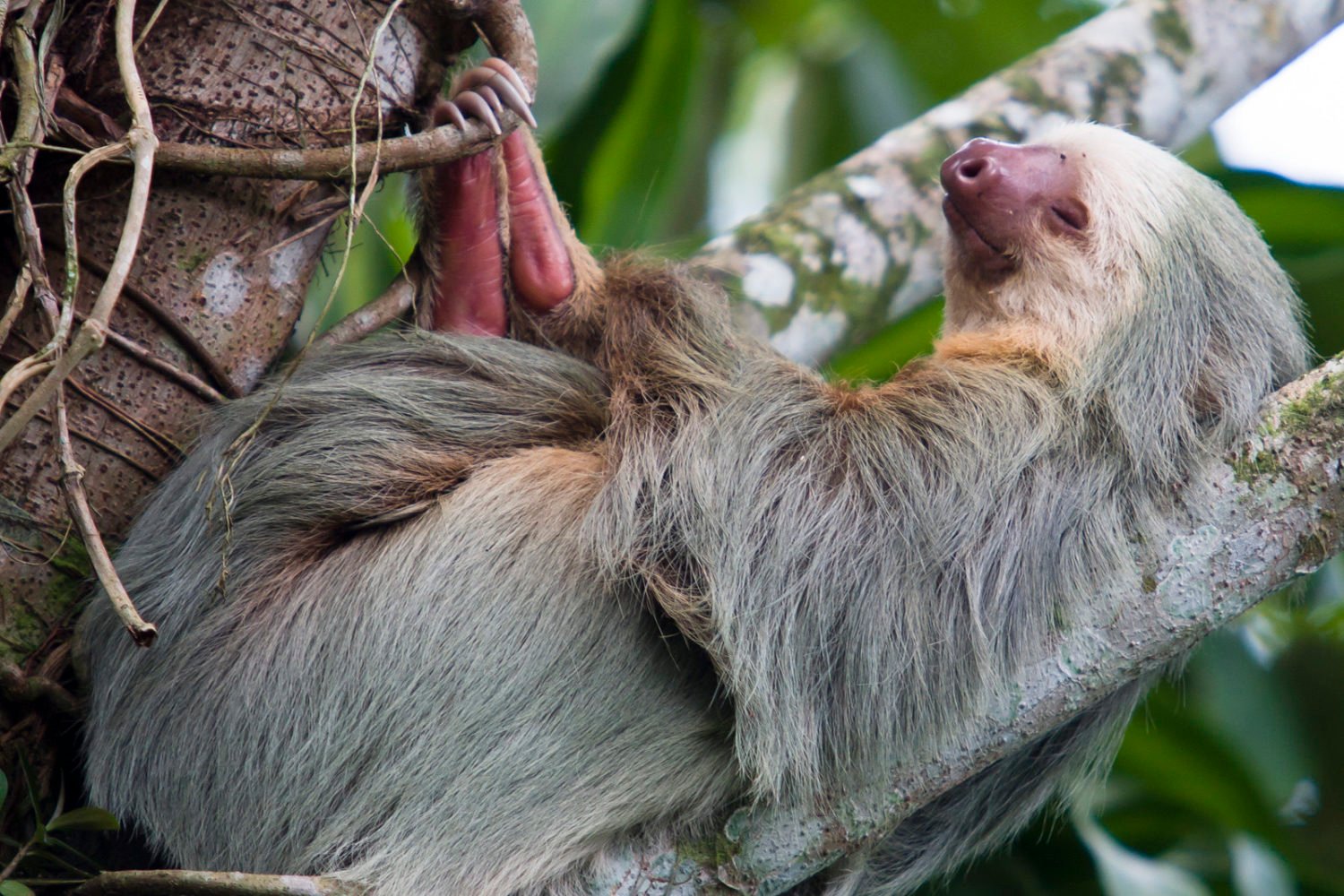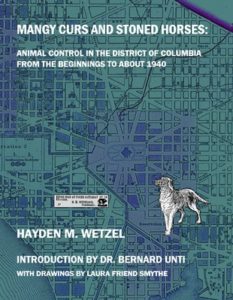 The recent book Mangy Curs and Stoned Horses tackles a subject that, it’s safe to say, hasn’t been much covered: the early history of Washington’s animal-control efforts. Written by a local tour guide named Hayden Wetzel, it shares esoteric nuggets such as the number of geese impounded in 1872 (210!) and irresistible anecdotes about, say, a group of especially bothersome guinea hens. “I figured nobody else wants to go back over the [research] material I looked at,” Wetzel says, “so I wanted to make the book as good as I can.” Here are three surprising things he uncovered.
The recent book Mangy Curs and Stoned Horses tackles a subject that, it’s safe to say, hasn’t been much covered: the early history of Washington’s animal-control efforts. Written by a local tour guide named Hayden Wetzel, it shares esoteric nuggets such as the number of geese impounded in 1872 (210!) and irresistible anecdotes about, say, a group of especially bothersome guinea hens. “I figured nobody else wants to go back over the [research] material I looked at,” Wetzel says, “so I wanted to make the book as good as I can.” Here are three surprising things he uncovered.
Furious farmers
In the 1800s, many Washingtonians became incensed when the “poundmaster,” as he was known, tried to round up their wandering farm animals. At one point, “poundmen” were surrounded in a Capitol Hill park by an irate mob, who destroyed their wagon.
Roving bovines
The poundmaster received a complaint one day in 1873 that cows were roaming freely across the White House Ellipse. It turned out that one belonged to President Grant. The commander in chief paid the $2 fine without complaint.
Escaped critters
In the 1930s, the Washington Animal Rescue League got calls about a monkey in a tree in Bloomingdale, a baby alligator in an apartment lobby, and a fox on the run in the Treasury Department.
This article appears in the January 2020 issue of Washingtonian.

